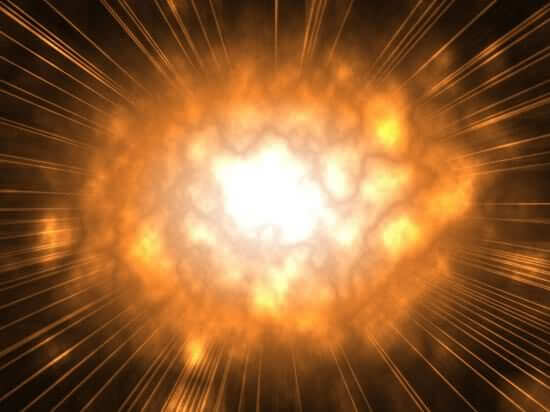Various theories have been put forward by scientists to explain origin of universe. But here we will discuss only two theories related with origin of universe. These are:
- Big-bang theory and
- Steady state theory
Big-Bang Theory
In 1920, an American scientist Edwin Hubble proved that universe is dynamic in nature i.e. all the galaxies in the universe are rushing away from one another. From this, the scientists concluded that in the past all the galaxies were in the form of a dense ball of matter. About fifteen billions years ago, a very powerful explosion called big-bang must have taken place in this dense ball of matter which broke the ball into many fragments and scattered them in all the directions in the form of galaxies to form universe. This means that fifteen billions years ago there was no universe. It came into existence by a big-bang.

Steady State Theory
The steady state theory is contradictory to big bang theory. According to this theory, the universe is unchanging and it did not have a beginning and will not have an end.
Out of these two theories the Big-bang theory is preferred more by scientists as there are many drawbacks in steady state theory.
Test Your Understanding and Answer These Questions:
- What is big bang theory?
- What is steady state theory?
